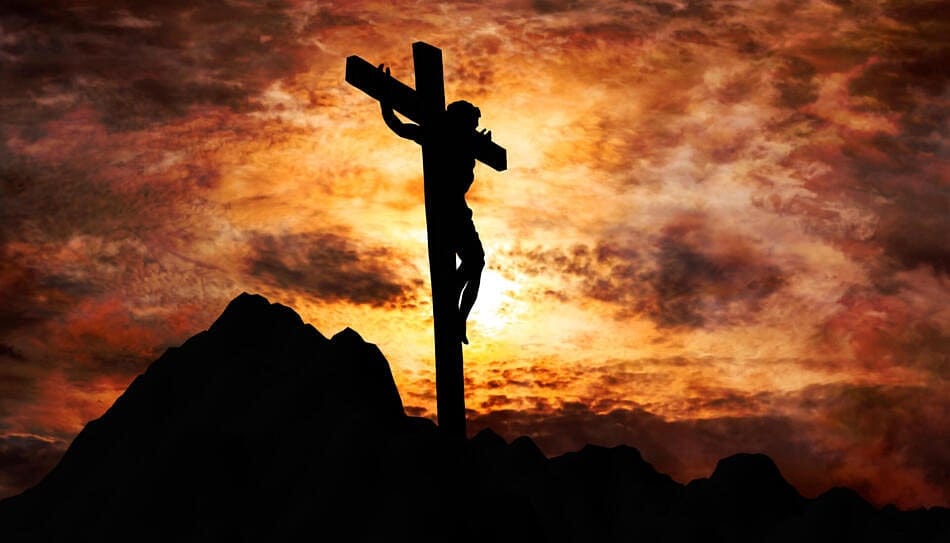Commentary

Jesus Forsaken? How Good Friday Blends Into Easter Sunday

NewBostonPost is publishing a regular weekly column on religion. This week's article is below.
Toward the end, Jesus cried out, "My God, my God, why have you forsaken me?"

